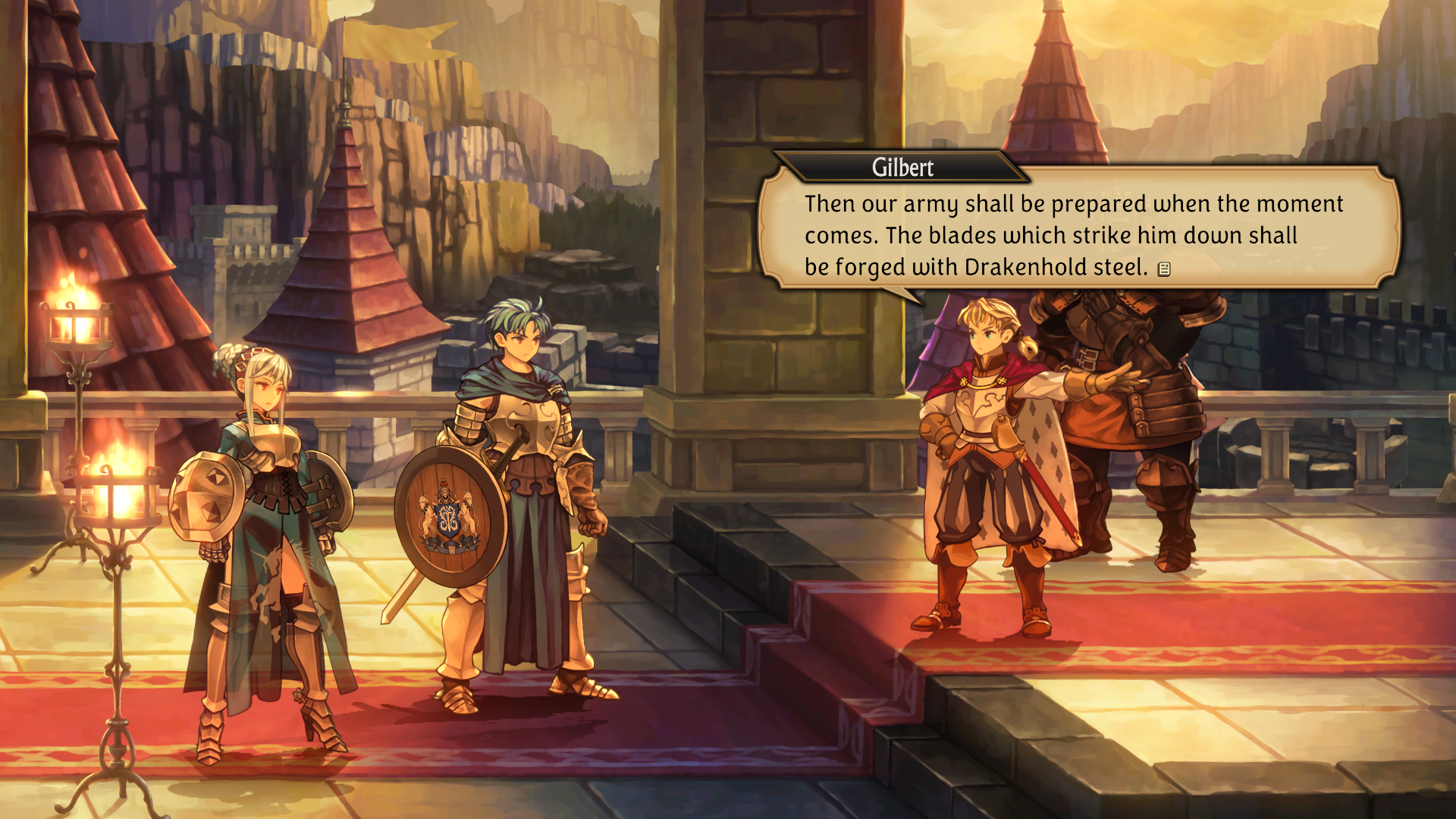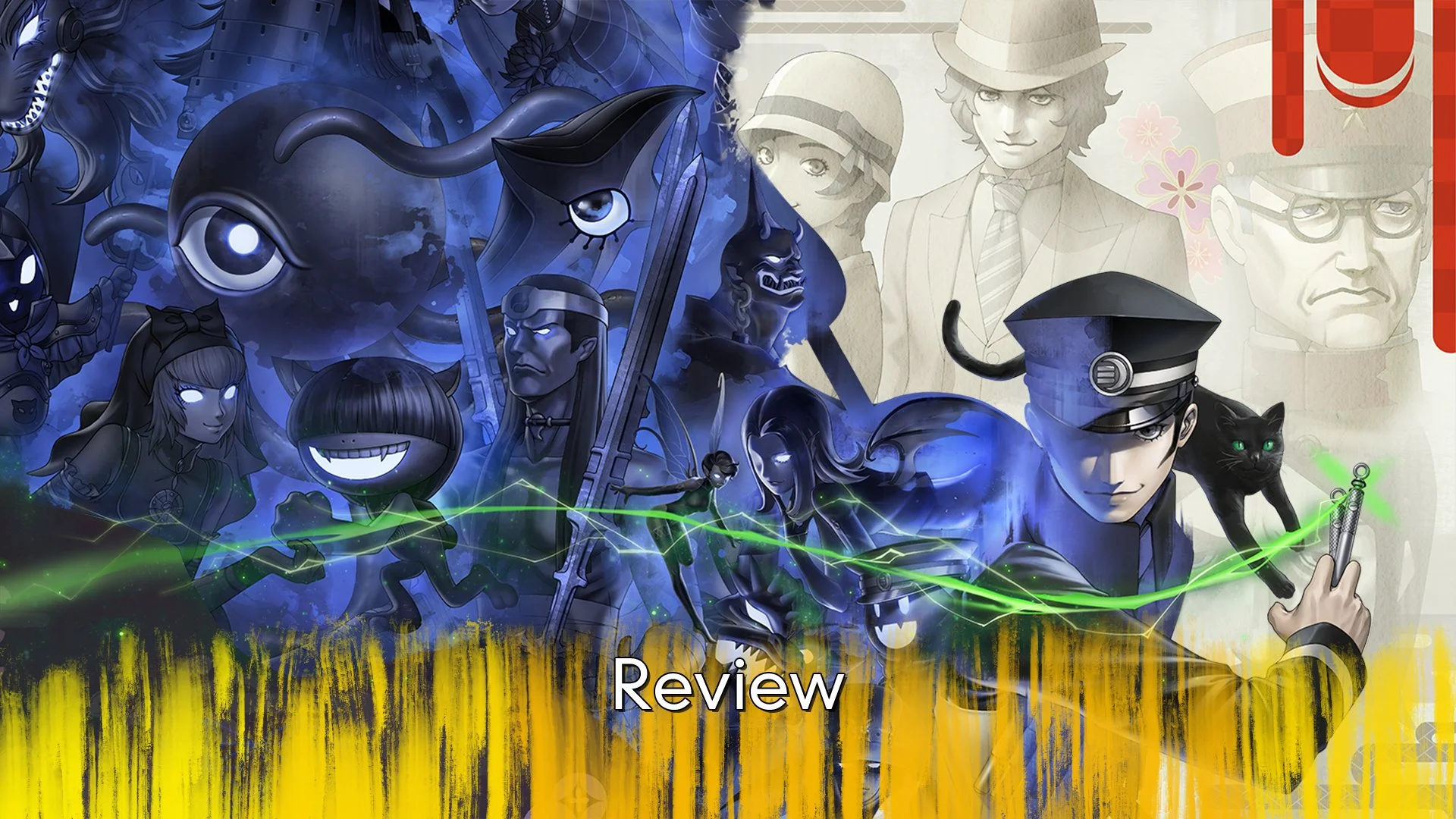Unicorn Overlord - Review

Unicorn Overlord is a game that looked at what the tactical RPG genre had to offer, laughed, and said hand me the controller. A brilliant reinvention of a genre that has had limited changes and development. Can you master the strategy and help liberate Fevrith?
Unicorn Overlord is the newest tactical RPG entry coming from the modern-day RPG juggernaut ATLUS. ATLUS has been sweeping the RPG scene with titles such as Persona 3: Reload, Persona 5 Tactica and now most recently with Unicorn Overlord. But with their horizons spread so thin, how does Unicorn Overlord stack up in a genre filled with other legendary titles such as Final Fantasy Tactics, X-Com, and Fire Emblem? Their collaborative effort with Vanillaware seeks to do just that.
The simple answer is that Unicorn Overlord is a title that looked at what other big names did well, took the best parts of those mechanics and then proceeded to reinvent the genre entirely. A fresh take on the semi-active turn-based action, with overworld encounters, a sprawling map and environment to explore alongside this. There is side quests, forts, and towns to liberate, and seemingly endless relationships to develop over the course of the game. A strong experience, without demanding optimal and hardcore play to achieve success and full completion.
Unicorn Overlord excels in many areas, but none more so than its unique take on combat. Using the tried-and-true rock paper scissors battle triangle, the basics of combat are easy to pick up and understand. The interesting part of the combat comes from the units not working as individuals, but rather as multi-man groups battling against other multi-man groups. Early on it is made a point to craft and create teams of 3/4/5 that balance out and boost the strengths of the other units in that group, whilst covering for their weaknesses. Just this small tweak of making each combat encounter a team versus team mechanic, results in a far more strategic way of approaching the game.
The smart choice was to have combat happen ‘automatically’. Your role is to set up your units, change their positions in a 3 x 2 grid, to combat against enemy formations. Your role is far more that of a commander or strategist. You set up the tactics for the different abilities, put modifiers on when they should activate and their priority in activation order, and then set your units off to combat the enemy. Coupling this with a combat style far more akin to that of what we have seen in The DioField Chronicle and MONARK. Combat has a pause mechanic to it. Allowing you to set up all your actions and movements without the stress of real time movement. But once you’re set up, the combat occurs in real time. With ballistae and catapults firing projectiles at your units as they move past. Archers raining down arrows if you get into their range. The combat feels like it is occurring in real time, and the pathing of your own units may have to change as a result of the pathing of the enemies.
The use of overworld encounters acts as a slight mix-up to the combat too. You’ll run into enemies in the world, who you’ll pit your different groups against to help take them off the overworld for a short time as well as be rewarded with a small amount of honour. Which is needed to promote units and expand your group sizes. This gives you a way of working out the different formations and group mixes to optimise your combat potential. It also gives you something feels a little more traditional than the semi-active combat of the major stages.
The story in Unicorn Overlord is pretty standard fare for a tactics style game. Exiled Prince now of age raises an army to liberate his home nation from the grasp of an oppressive and dominating empire. In the background an evil sorcerer, a necromancer in this case, is pulling the strings. The beauty in the storytelling of Unicorn Overlord comes from its subversion of expectation. The liberation army headed by yourself is not simply welcomed with open arms. There are behind-the-scenes agreements, past tensions between feuding nations coming to the forefront. Leaders who will fight against the resistance so as to protect and save their own people. The prince, Alain, fights against his own doubts and in turn tries to unite the different nations of the greater region of Fevrith. The story is simple but effective.
The beauty of the simplicity of the story is told through the characters. Almost every single interaction through-out the game is voice acted and done so very well. Every character feels unique, has their own personality, goals, and ambitions. These are explored pretty thoroughly throughout the main story and the ‘side quests’ which aren’t really side quests due to their necessity in unlocking progression areas. You know the personality of all the people you interact with, so even the most minute and seemingly inconsequential members of your team, get a moment to shine and explain themselves and their connection. The additional rapport scenes you can unlock, further show the depth of each character and craft a world full of people who are fighting for not just themselves, but the ideology of the Liberation Army and what Alain wishes to achieve.
The characters are further made interesting by the simple 2D graphical style. The styling is very reminiscent of a blend of Fire Emblem and Final Fantasy tactics. The characters themselves feel like they could’ve been plucked straight out of a traditional Fire Emblem game. This isn’t to detract from their uniqueness, but a note on how similar this style can look across different titles. The battlefields and environments all feel unique, which is impressive considering how many of them are open plains with a couple bridges, patches of trees and spotted towns to liberate. All of the main characters and NPCS are unique, and it helps identify who matters and who is involved at different points in the story and cutscenes. I think there was room to have the main characters stand out just a little bit more. There are moments where they are just a little bit too similar, and the scene contains four or five characters with the same hairstyles and similar looking faces.
Simplifying obtuse features and expanding on aspects of tactical RPGs that needed further development is the name of the game for Unicorn Overlord. There is an enjoyable story to explore, in a world that feels full of life and constant things to do. The world is inhabited by well thought out characters with individual personalities, goals, and ambitions. A unique and new style of approaching the tactical combat, the semi-active style is a game changer for what should be the way that tactical RPGs are approached by all developers looking at making tactical RPGs. A fun, well-rounded experience that ties off nicely. The fifty odd hour experience to achieve 100% of the game is concise and doesn’t overstay its welcome, which is impressive for a title that feels so full of things to do. Unicorn Overlord sets a new benchmark for what tactical RPGs should be in the modern day.
The Score
9.0
Review code provided by Atlus
The Pros
Genuinely enjoyable combat
Accessible story that doesn’t get too out of control
Enjoyable and well-designed characters
The Cons
Characters can look a little samey at times
End game tends to be single groups steam-rolling battles
Back-half feels a little less loved than the first half









